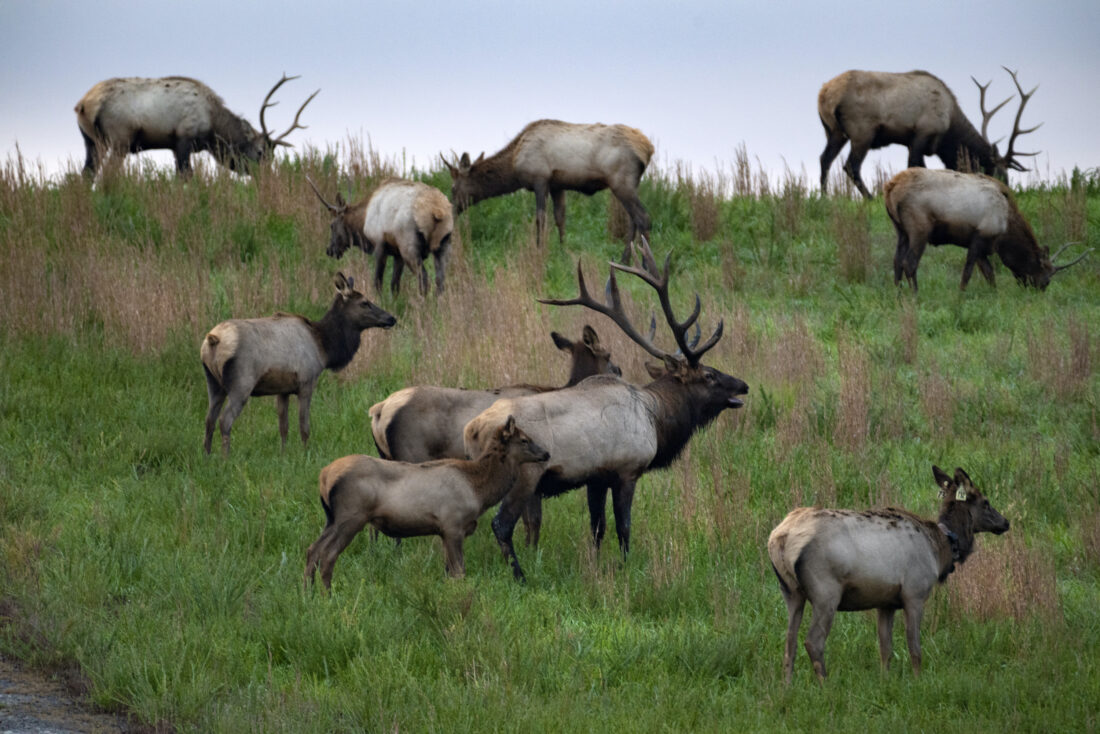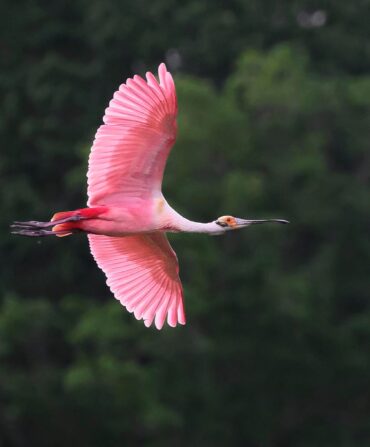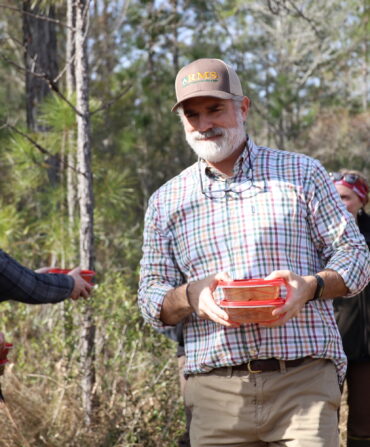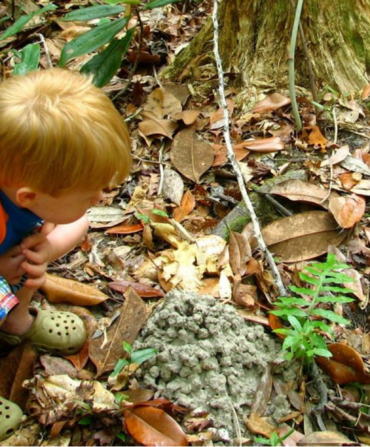“There is nothing quite like hearing the eerie, wild sound of elk bugling at sunrise in the mountains of Virginia,” says Brad Kreps, director of the Nature Conservancy’s Clinch Valley Program in the southwestern corner of the state. It’s a sound that had long disappeared from Appalachia, but thanks to decades of conservation work across Kentucky, Tennessee, Virginia, and West Virginia, it’s back—and opportunities to see elk abound.

Historically, a subspecies of elk known as eastern elk roamed all over the eastern United States, from southern Canada down to Georgia and from the Carolinas across to the Mississippi River. But early settlers hunted them so aggressively—and developed their habitat so extensively—that by the mid 1850s, their population was decimated. In 1880 the government declared the herbivores extinct across their range.
It would be more than a century before they returned. In 1997, the Kentucky Department of Fish and Wildlife Resources launched a reintroduction effort, capturing elk from six western states with the intent to release them over the next five years. In total, 1,541 animals arrived, kicking off one of the most successful conservation stories in the country and catalyzing other Southern states to follow. Today, some 13,000 elk live across sixteen counties in Kentucky. Around 250 and 450 call Virginia and Tennessee home, respectively, and West Virginia, the most recent state to join the effort, harbors around 130.
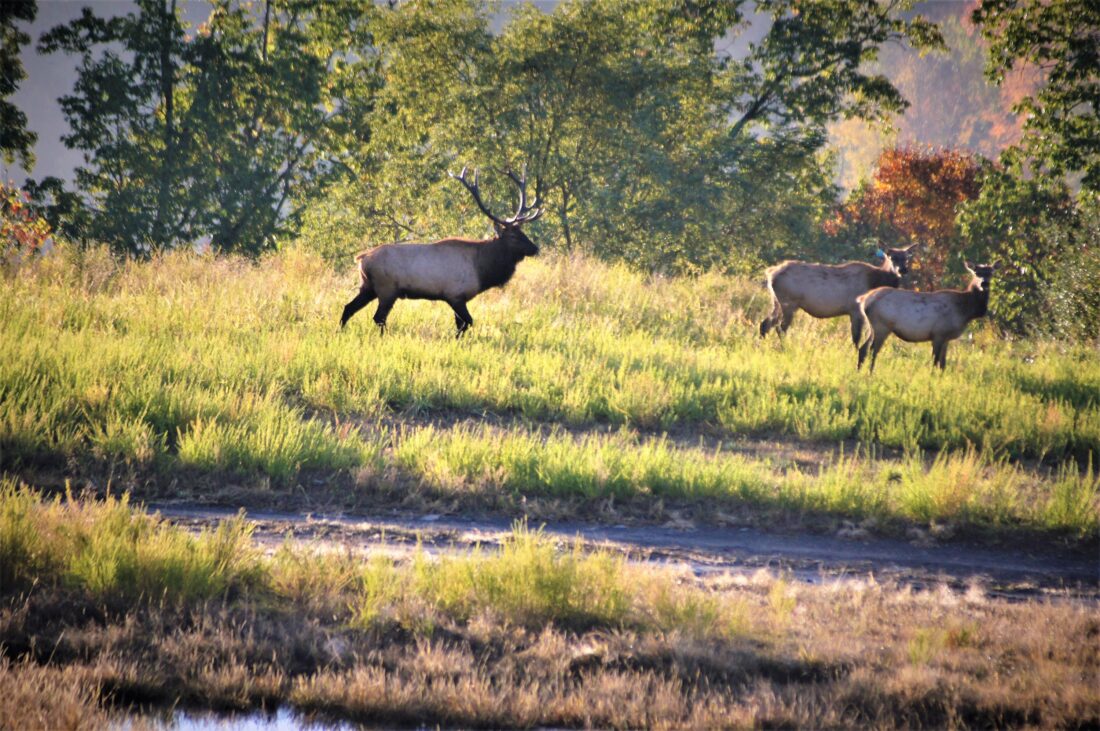
That this part of the country was once central to the natural gas and coal industries has been a boon for the introduction of elk. “Historically these coalfield counties were mostly forested mountains, but because of the last century of coal mining, some of those forested mountain areas were transformed into flatter grasslands,” Kreps explains. “It’s created this new habitat where the elk are thriving.” Through its Cumberland Forest Project, the Nature Conservancy has protected 253,000 acres across Kentucky, Tennessee, and Virginia, giving the elk, and many other species, space to roam.
And as the coal and gas industries have declined, a rising trend of elk tourism—buoyed by local conservation teams—has helped revive communities in the region. “We often refer to ourselves as the Elk Army,” says Thomas Hampton, land and resources manager for the Virginia Department of Wildlife Resources (DWR). He’s joined by Leon Boyd, a Buchanan County landowner who originally petitioned for the return of elk to Virginia, and Jackie Rosenberger, the DWR elk project leader who monitors and studies the herd. Issuing six coveted hunting tags a year brings in financial support, too; this year alone, nearly 20,000 people paid to enter the lottery.
During the fall comes the rut, or mating season, and the best time for viewing. As a harem species, where a dominant male defends a group of females against other males and secures reproductive rights, the fall sees bulls particularly active, bugling and clashing as they jostle for females. “When you visit, you really feel how excited and proud the local community is about their elk,” Kreps says. “And in the fall, to see the elk so active is spectacular.” Below, find five places across Central Appalachia to view the animals. And if a trip isn’t in the cards, try to spot them on Virginia’s elk cam.
Breaks Interstate Park
Kentucky and Virginia border
The border-straddling Breaks Interstate Park is known as the “Grand Canyon of the South” for its dramatic 1,600-foot gorge, one of the deepest east of the Mississippi River. The park partners with Virginia Department of Wildlife Resources to offer seasonal guided tours into prime elk habitat just outside the canyon rim, and there’s no shortage of hiking trails for solo exploration.
Southern Gap Outdoor Adventure
Buchanan County, Virginia
This outdoor tourism area connects to 200 miles of trails in the heart of Virginia’s elk habitat. The Southwest Virginia Sportsman’s Club offers guided viewing tours in spring and fall, and three wooden viewing platforms overlook open meadows—areas that were once strip-mined—where elk emerge from surrounding forests to graze.
North Cumberland Wildlife Management Area
Campbell County, Tennessee
The Hatfield Knob Elk Viewing Tower stands in a remote corner of the North Cumberland Wildlife Management area and overlooks miles of reclaimed forests and meadows—Tennessee’s first elk restoration zone. Today, the herd roams freely across more than 140,000 acres.
South Fork Elk View
Breathitt County, Kentucky
The South Fork Elk View off of Highway 15 is a roadside overlook that offers a reliable chance to see the state’s thriving herds without needing to hike far. At dawn or dusk in the fall, look for bulls bugling or cows grazing against misty ridges.
Tomblin Wildlife Management Area
Logan County, West Virginia
A viewing platform offers glimpses of one of the newest elk populations in Appalachia, and nearby Chief Logan State Park visitor center runs seasonal tours. Watch out for black bears and woodcock in the 25,155-acre preserve, too.


